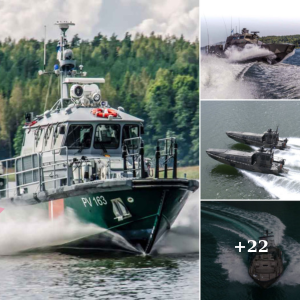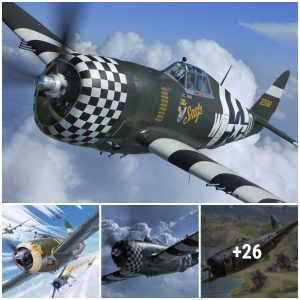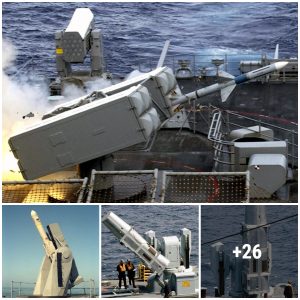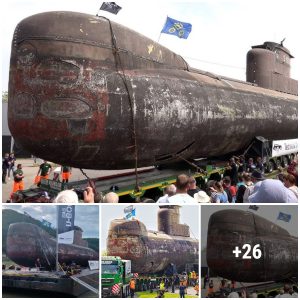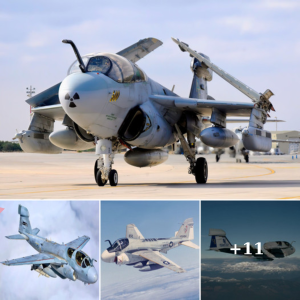Predating the Lighting by some decades, these impressive earlier pioneers of Military aviation found faster ways of getting airborne. The most recognizable is the Harrier Jump jet known the world over for its deft agility. Without the Royal Navy’s carrier-based variant, the Falklands tussle would have had a different ending. Yet, even the Harrier owes a certain amount of finesse to older designs. The RAF had a predecessor, as did the US Navy and several German and European nations.
At the height of the Cold War, dozens of VS/TOL capable jets appeared. Most for a short time capturing the imagination or armed forces before disappearing. Germany’s own VAK 191B Harrier clone took to the skies in 1971, completing 71 sorties before vanishing.
Nowadays, VS/TOL encompasses various ideas. More recently tilt-wing creations blurring the lines between fixed-wing and rotary designs. Blurred the lines might be, but it’s the fixed-wing VS/TOL planes that impress us the most.
10/10 Hawker Siddeley/McDonnell Douglas Harrier
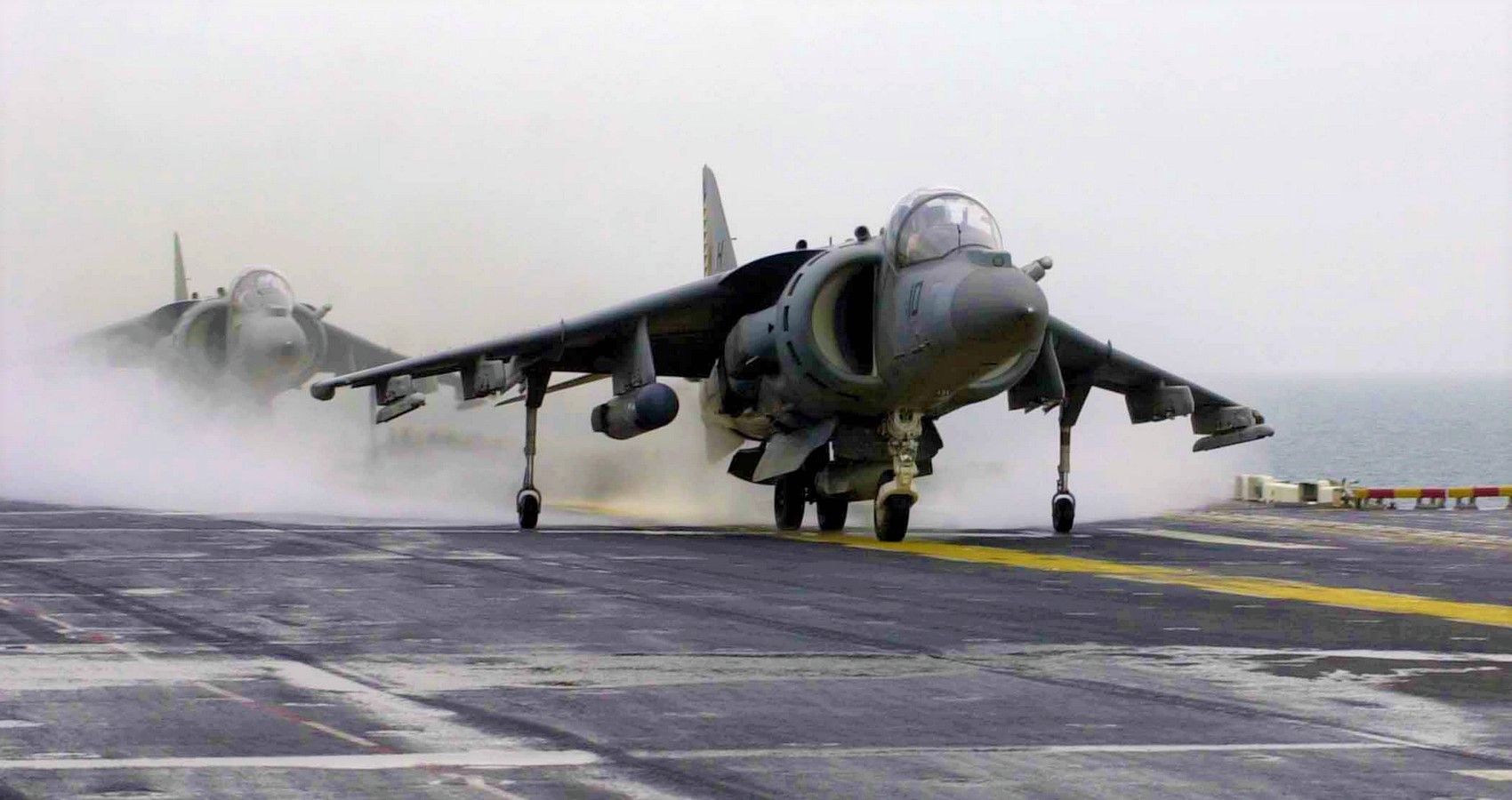
Two things prevented the Harrier from achieving greatness: speed and its unforgiving flight characteristics. Navigate your way around these, and it’s nigh on unbeatable. Forwards, sideways, and backward flight makes the Harrier the most agile jet ever.
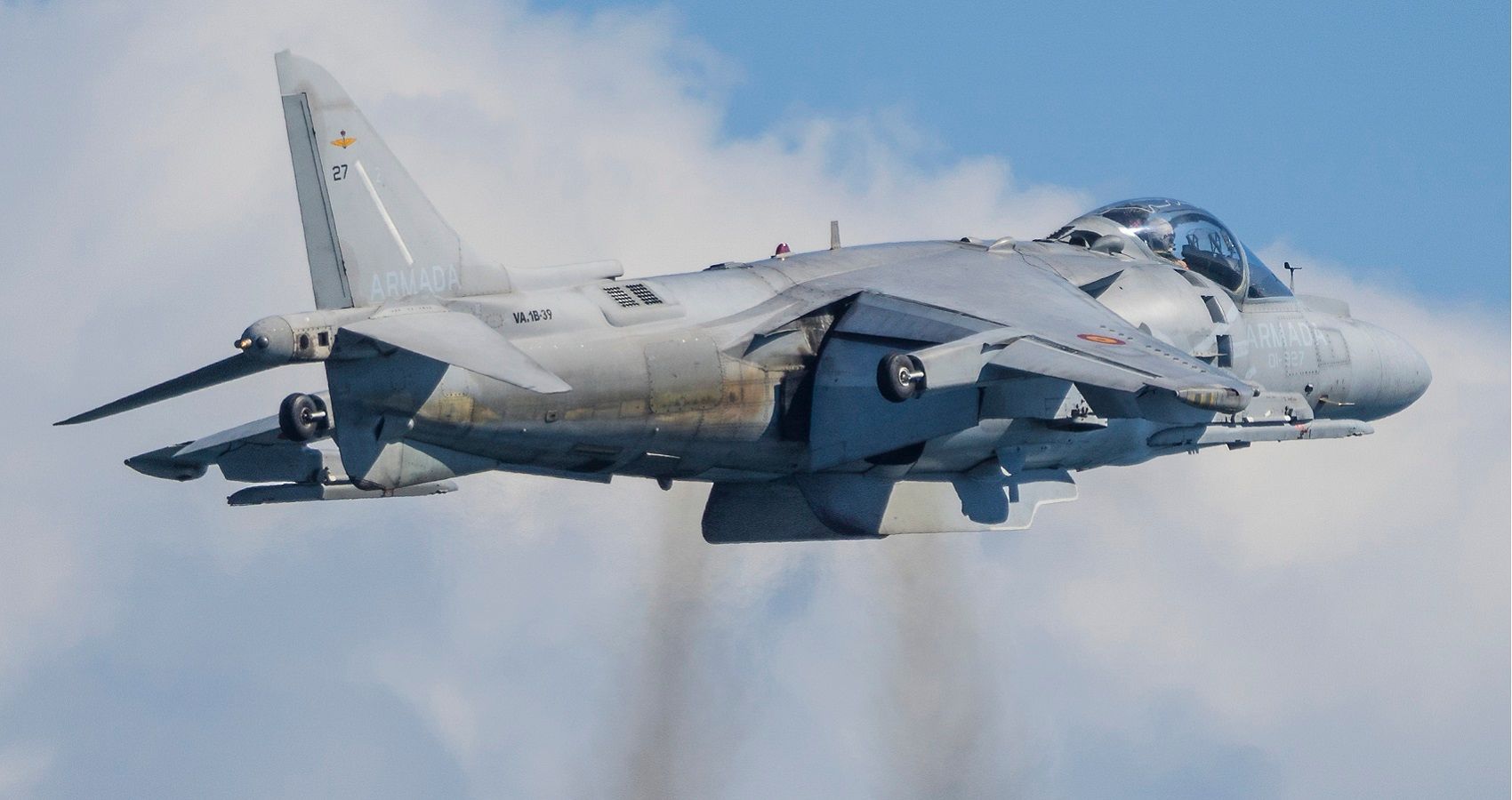
Born amid the Cold War, Harriers would deploy from remote locations in place of airfields. Key to the Harrier’s success was Rolls-Royce’s Pegasus engine and vectored thrust control. First commissioned in 1969, the Harrier achieved combat success up until 2016.
9/10 McDonnell Douglas F-15 STOL/MTD
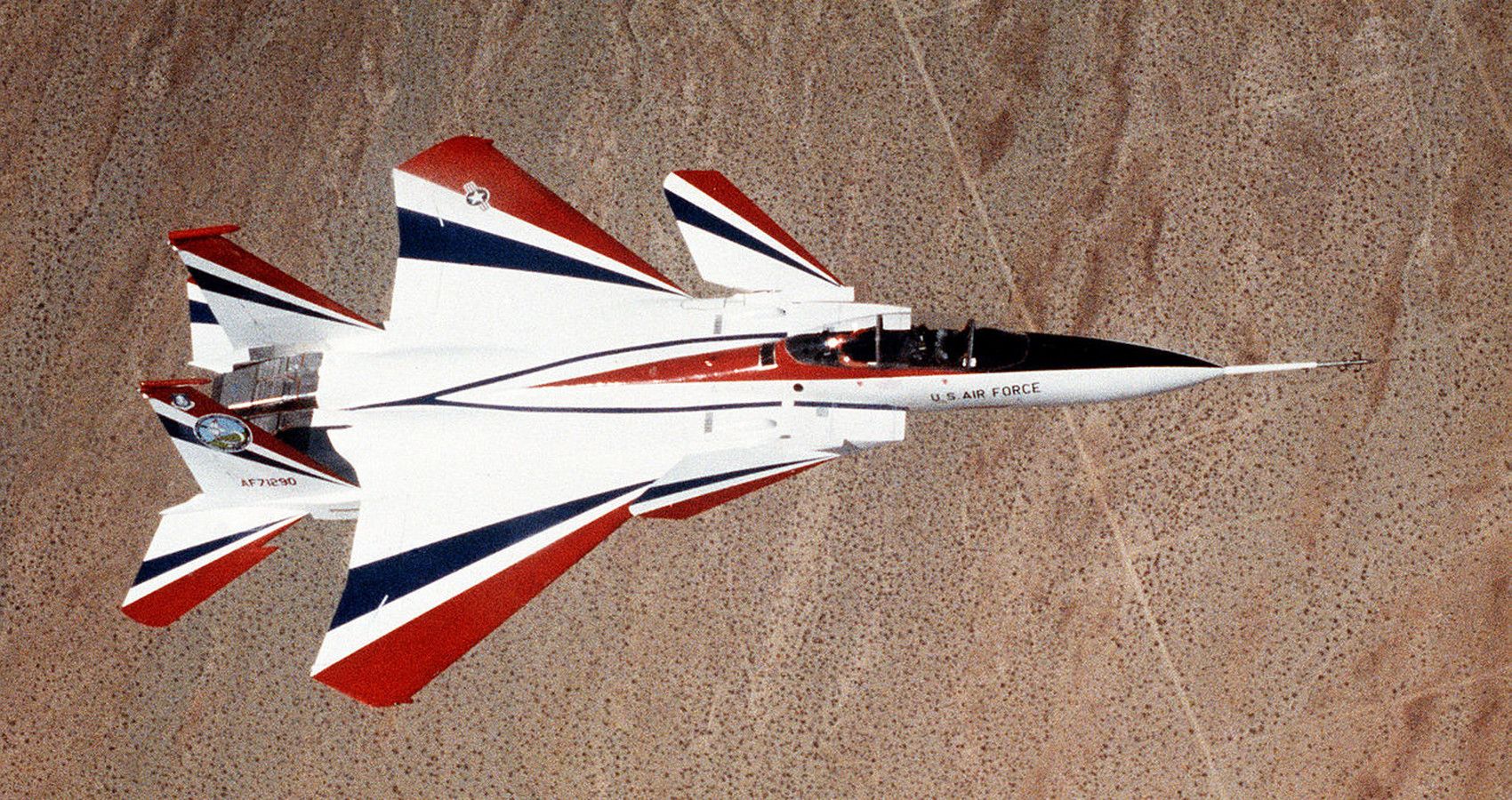
One-of-a-kind development VS/TOL designs emerge all the time testing new ideas. But, with a little creativity existing designs could be the perfect solution. More so, the plane in question is the formidable F-15 Eagle. In 1988 McDonnell Douglas explored the idea of using canards and new thrust nozzles.
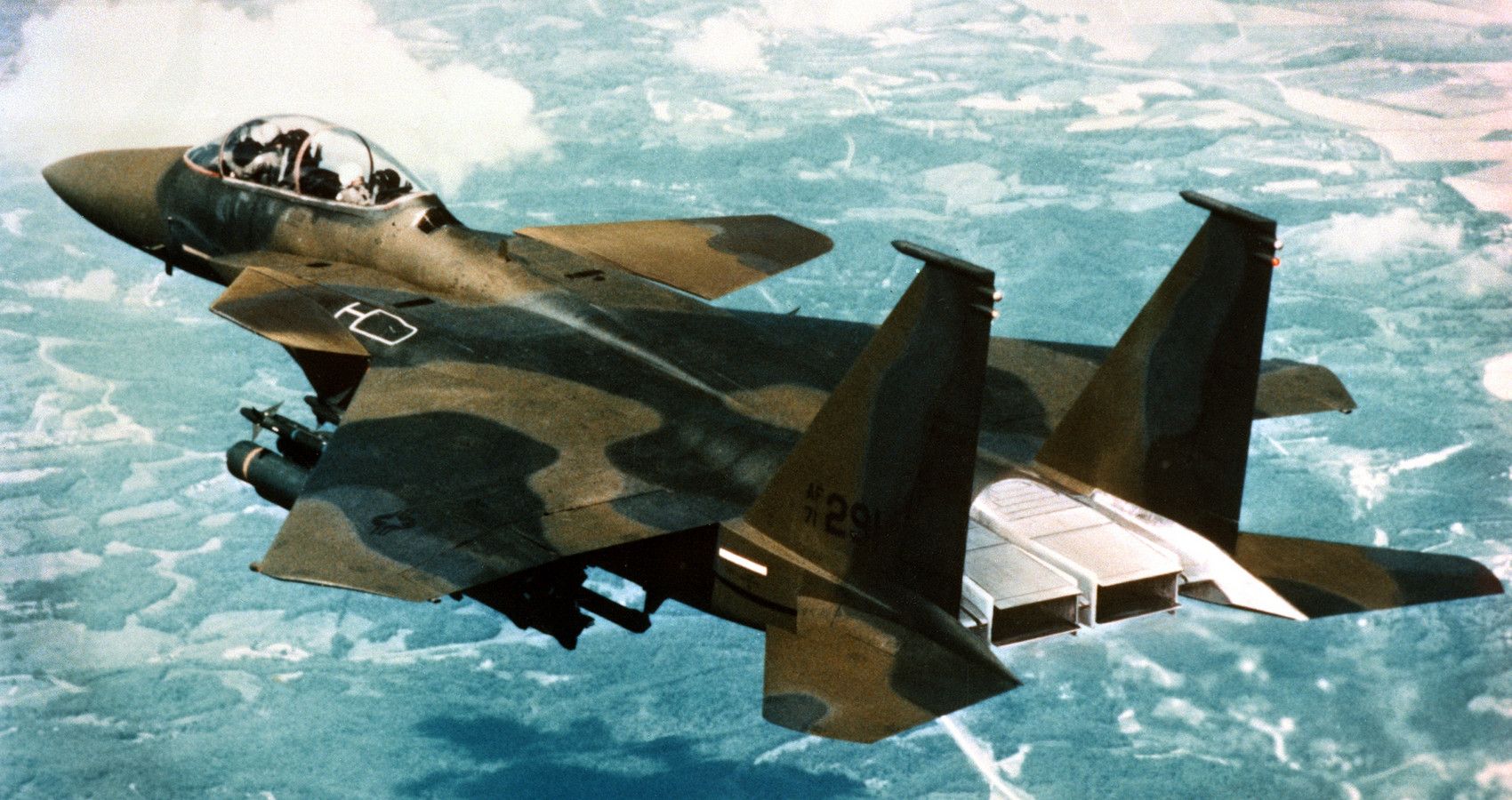
Adding vectored thrust to the F-15s turbofans gave the Eagle a range of new abilities. Take-off distances shrank along with speeds down to 42 mph lessening runway needs. Despite the proven advantages, the F-15 STOL development never proceeded any further.
8/10 Yakovlev Yak-38
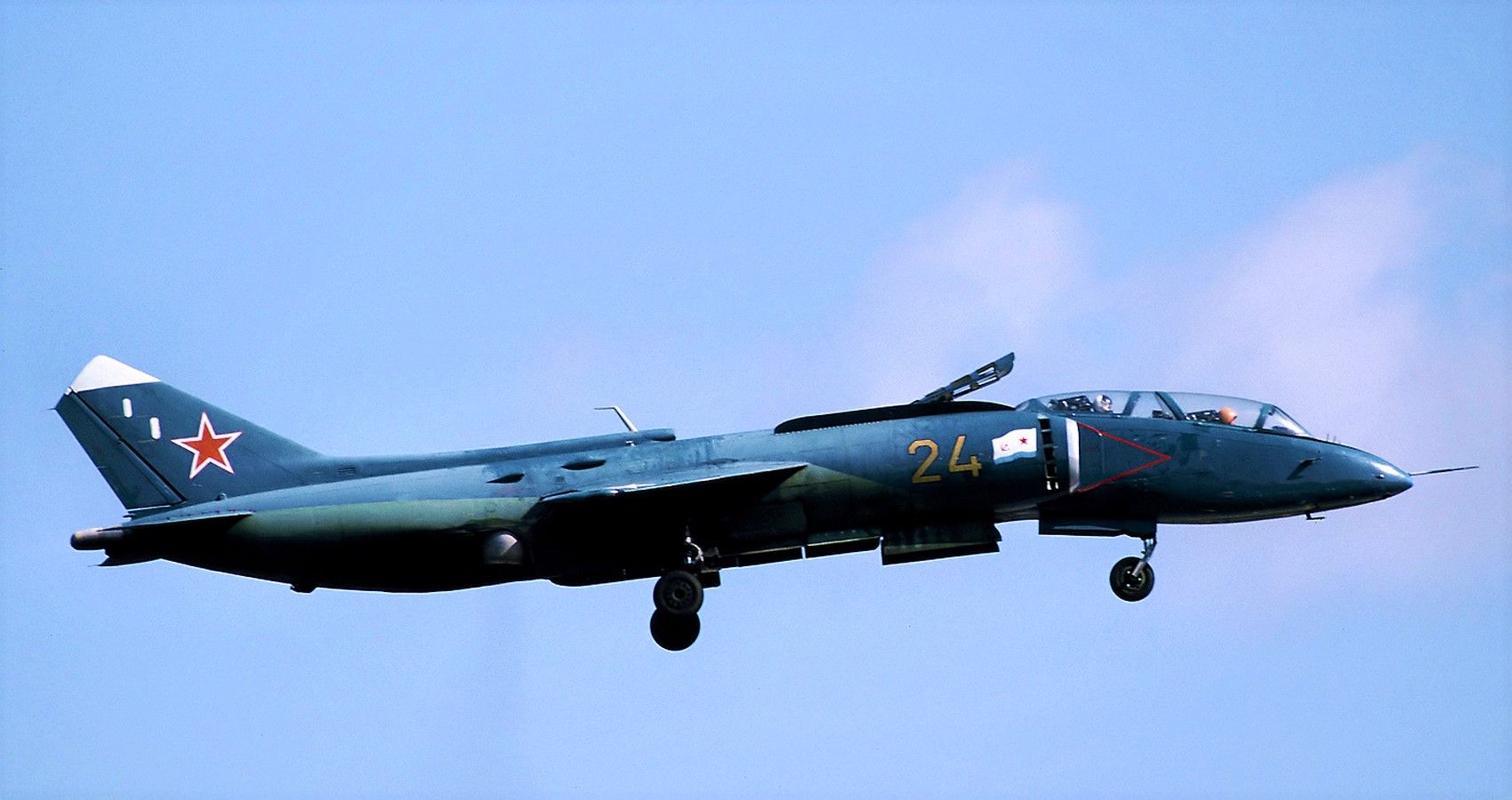
Similar in concept to the Harrier, Yakovlev’s Yak-38 Forger didn’t fare quite so well. Designed for naval operations, the Yak-38 entered service aboard Soviet Kiev class carriers. A different approach using lift engines and an R-28 Turbojet yielded supersonic speeds.
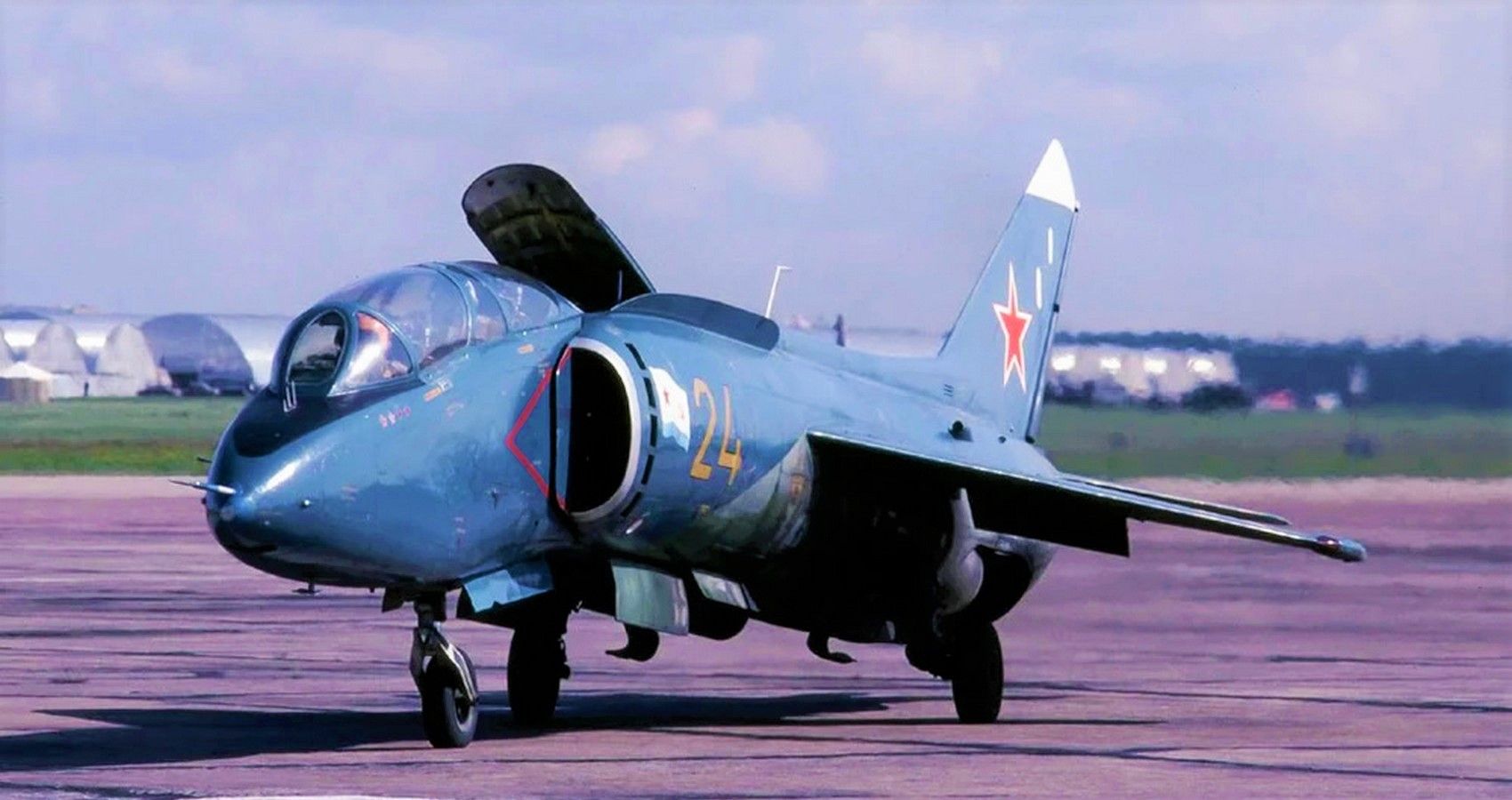
Despite a speed advantage, the Yak-38s flying days were brief. This was in part due to a limited number of Kiev class vessels, but also a lack of operational ability. Lacking radar and limited in payload, the Forger met its demise in 1991.
7/10 Convair XFY Pogo
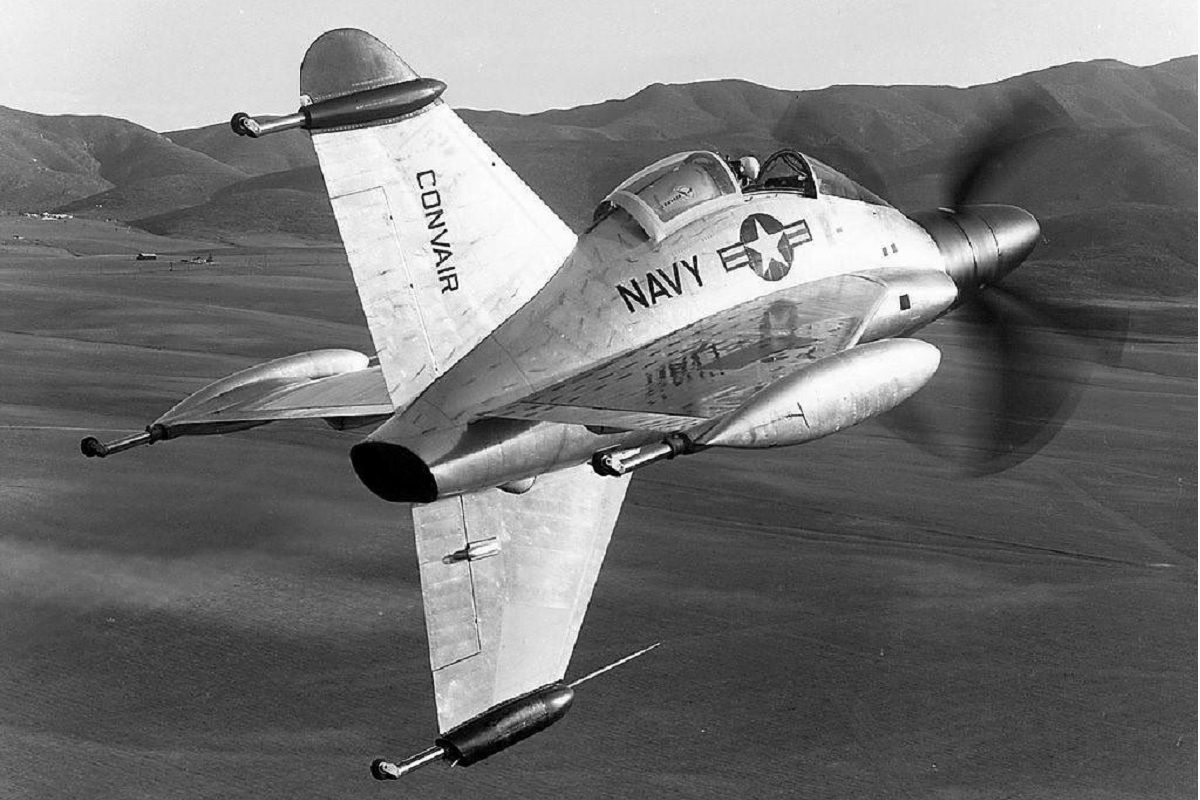
One of the more curious designs, the Convair XFY Pogo tackled the VS/TOL needs more bizarrely. Dubbed a tail sitter, the Convair featured four squat wings for stability on the ground. Taking to the skies required a vertical climb to the cockpit. Once strapped in, pilots were in for one of the craziest take-offs on this side of a shuttle launch.
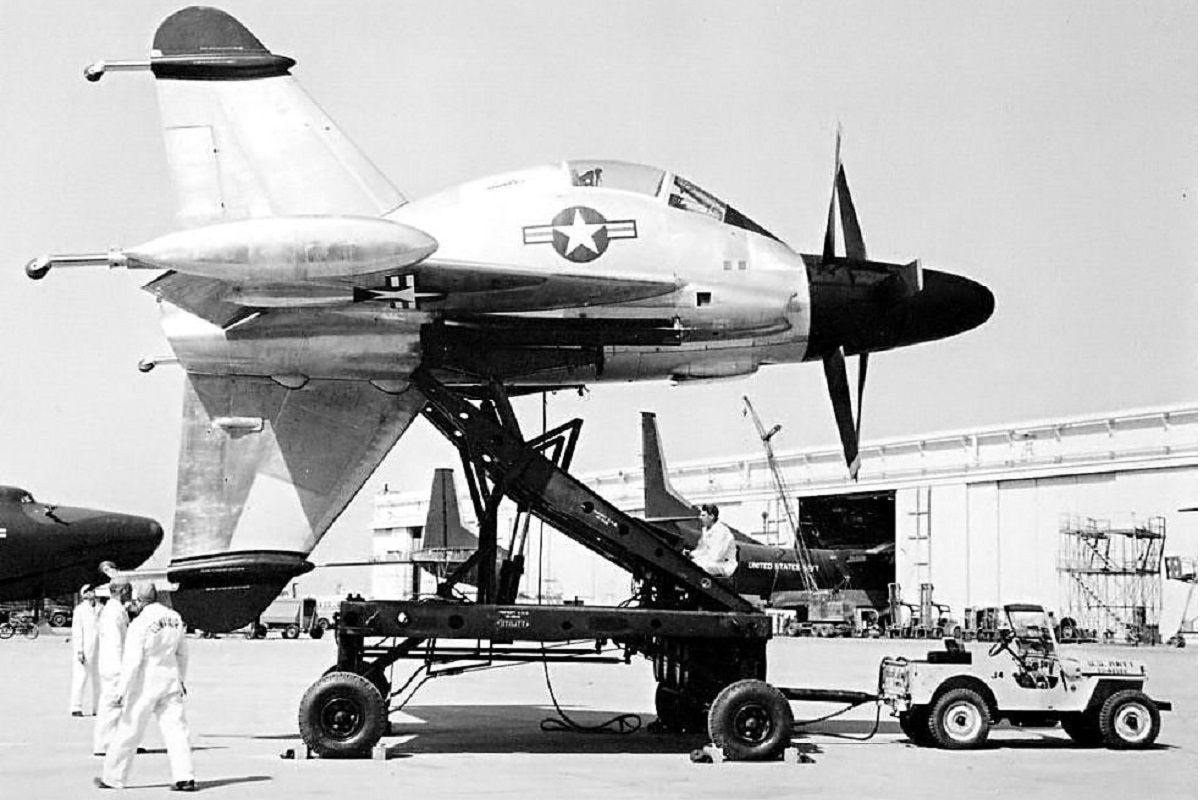
In theory, the Pogo’s Allison YT40 turboprop cranked out 5850 hp with a top speed of 610 mph. At first, the contra-rotating propeller provides lift before transitioning to level flight. Had Convair entered service, pilots would have faced two operational challenges. Landing unsighted in a tail-first fashion on the rolling deck of a carrier. The Pogo never took off for obvious reasons.
6/10 Dassault Mirage III V
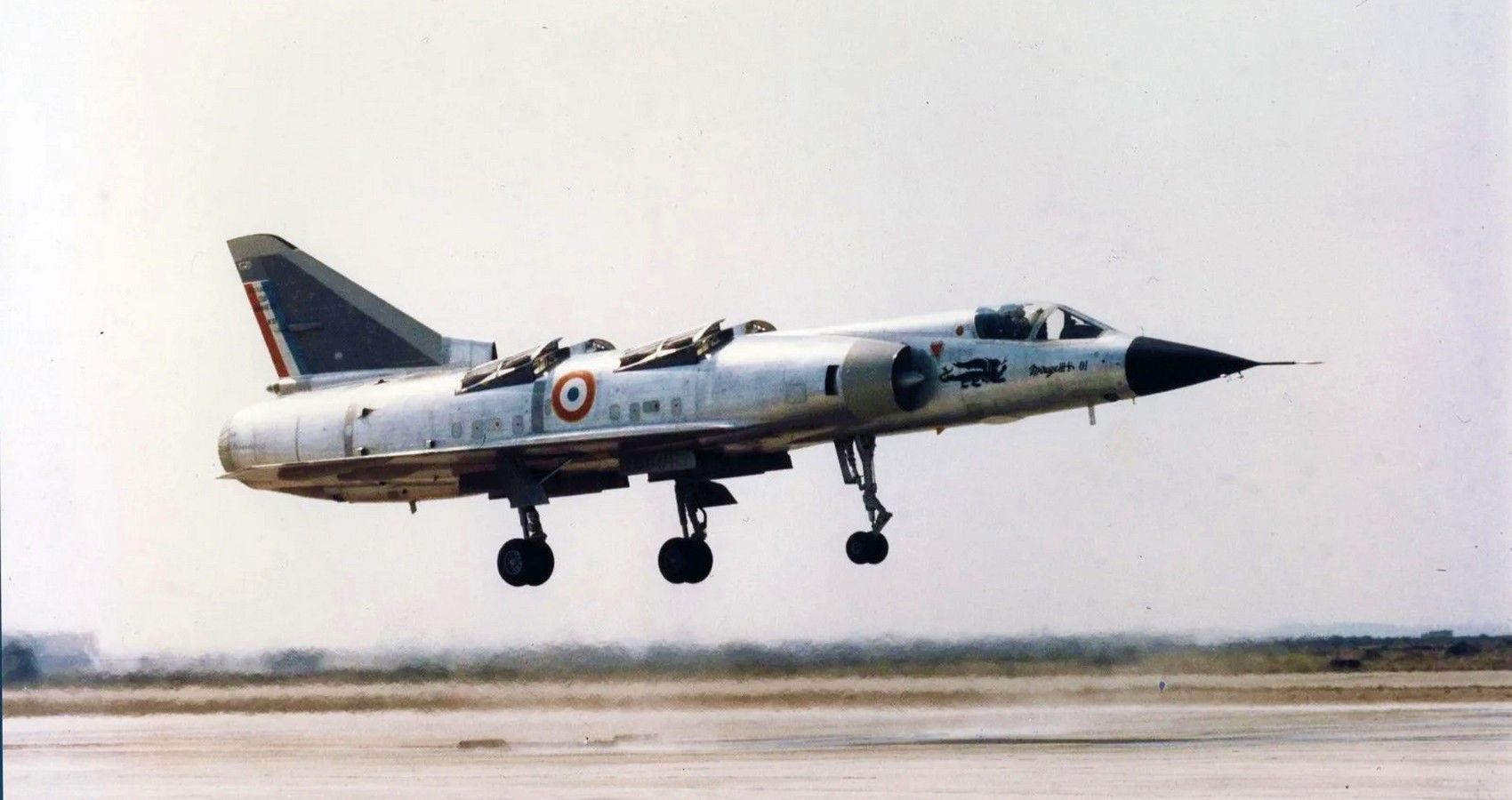
Almost, but not quite, Dassault’s Mirage III V could have been a world leader in VTOL carrier design. However, Dassault pulled the plug after building two prototypes. Designed as a single-seat naval jet, the Mirage III V used eight lift engines alongside a TF104 turbofan.
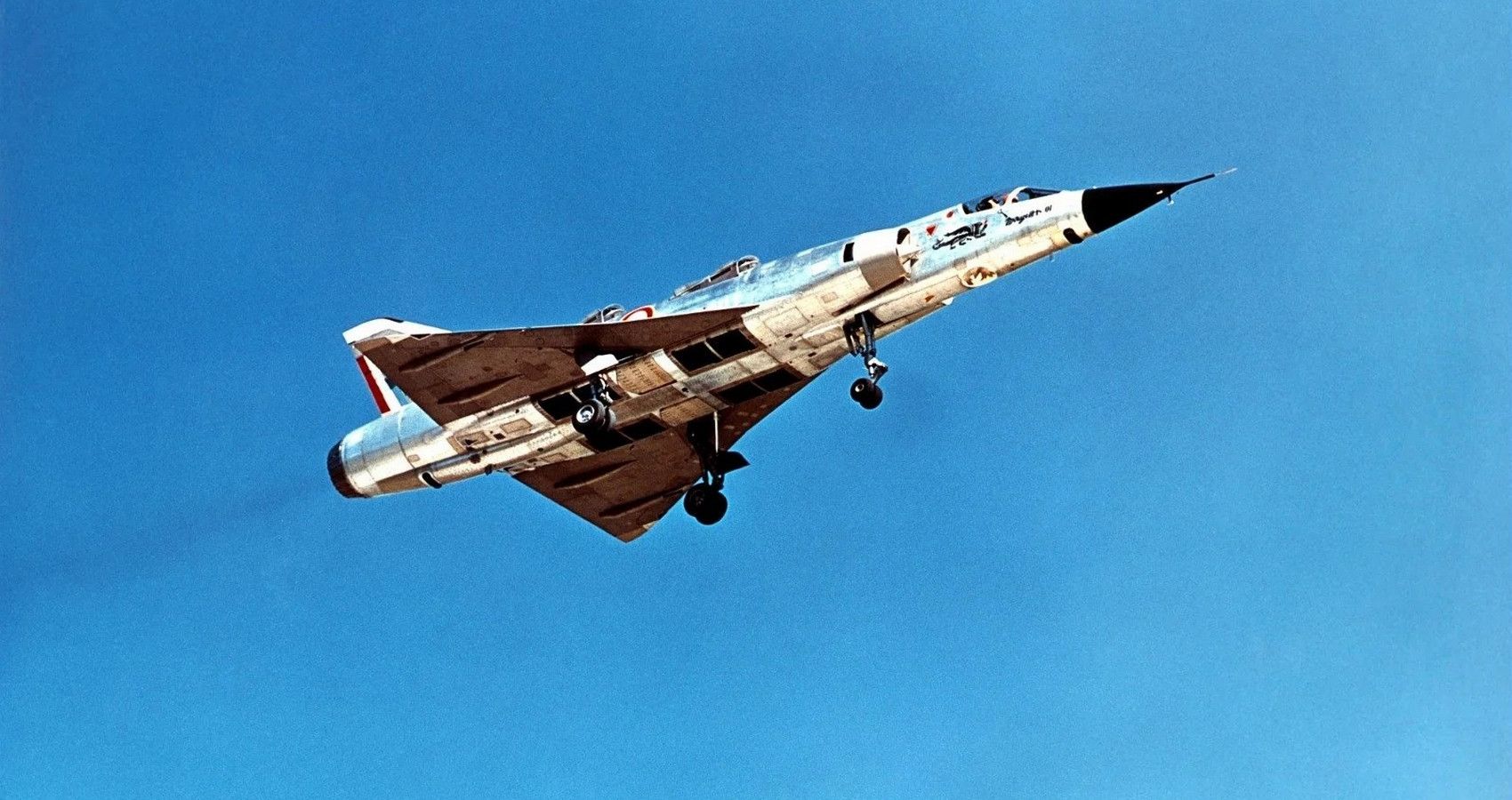
Early in development, it was clear the Mirage III V was of little combat use. Cramming the fuselage with engines robbed the Mirage of valuable space for ordnance. Further uprated with a T306 turbofan, the Mirage achieved a top speed of Mach 2.04. This was faster than either a Harrier or an F-35B.
5/10 EWR VJ101
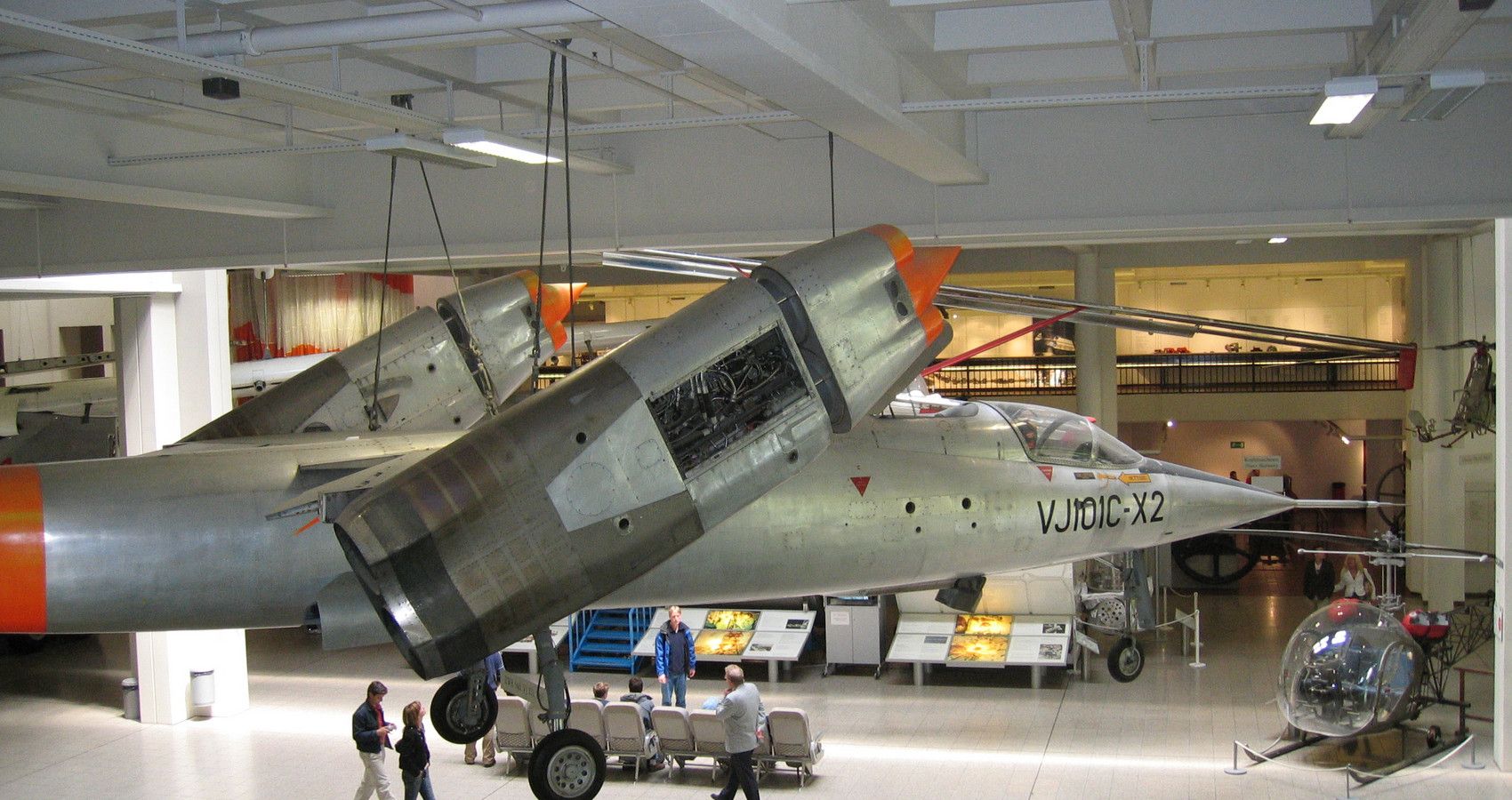
Joining the ranks of promising but canceled VS/TOL designs, Germany’s EWR VJ101 last flew in 1968. Hopes of matching the F-104s supersonic capabilities were soon dashed with a top speed of Mach 1.08. But, other issues relating to stability would be the VJ101’s undoing.
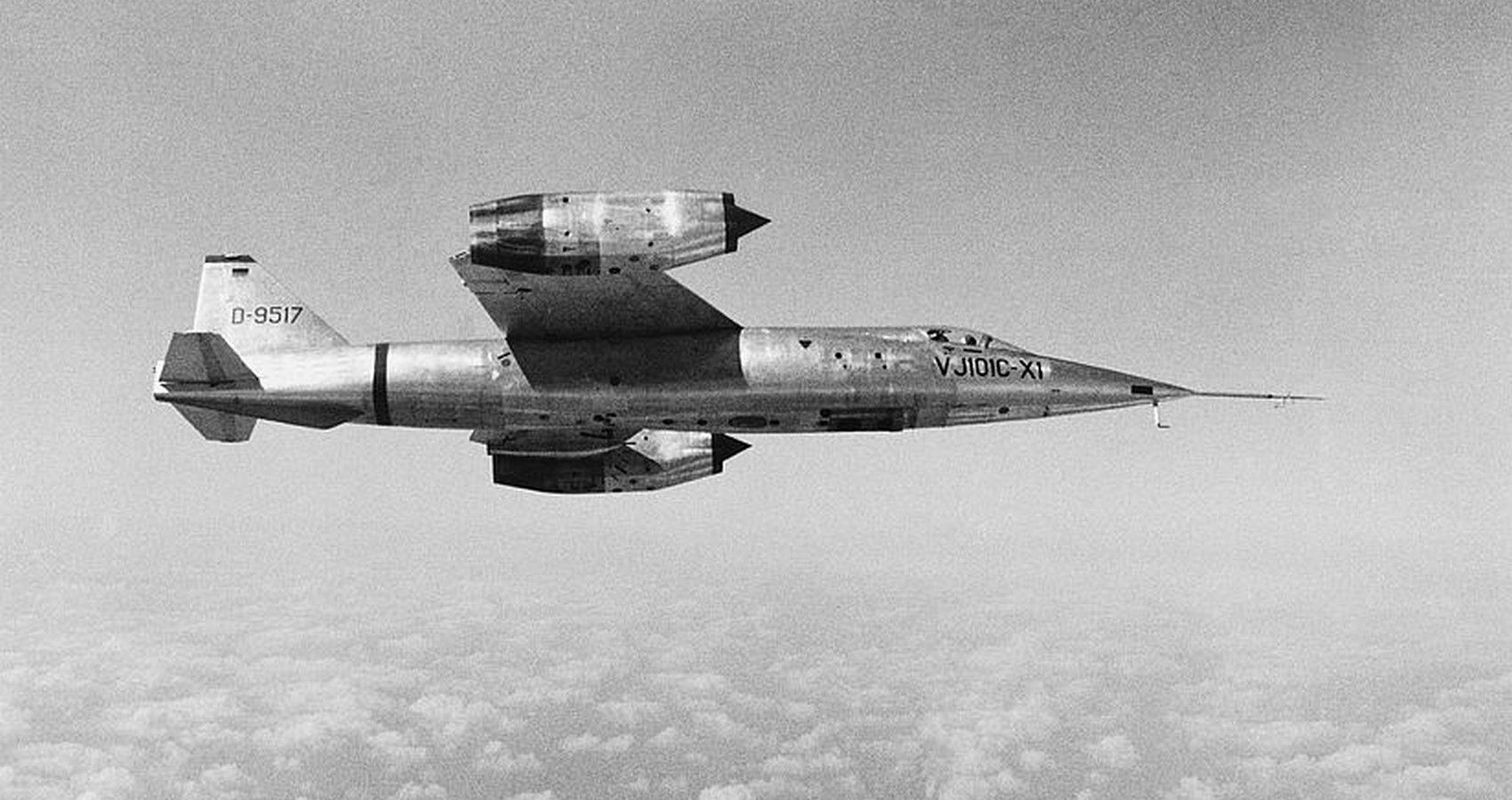
It was one of the earliest designs to use vertical air intakes for the two RB145 lift engines. In normal flight, they remain covered until the plane decelerates to landing speeds. At the wing tips, a further four RB15 engines provided most of the thrust required for VS/TOL operation.
4/10 Short SC-1
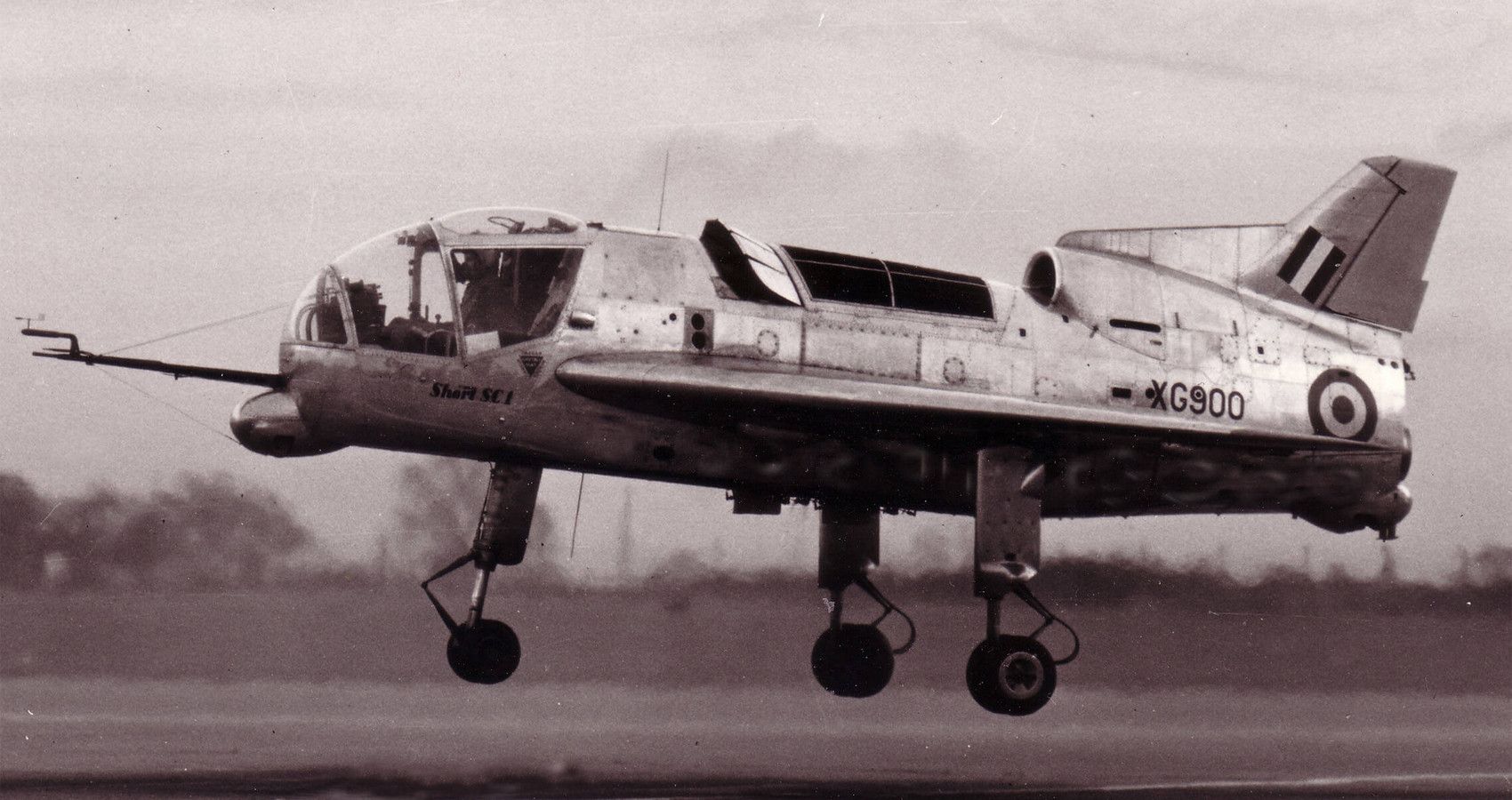
Despite its awkward appearance, the Short SC-1 marked several firsts in VS/TOL flight. Unveiled with CTOL and VTOL flights separated by a year, the SC-1 was Britain’s first VTOL plane. Although the SC-1 was never intended for operational use, it proved to be a valuable testbed.
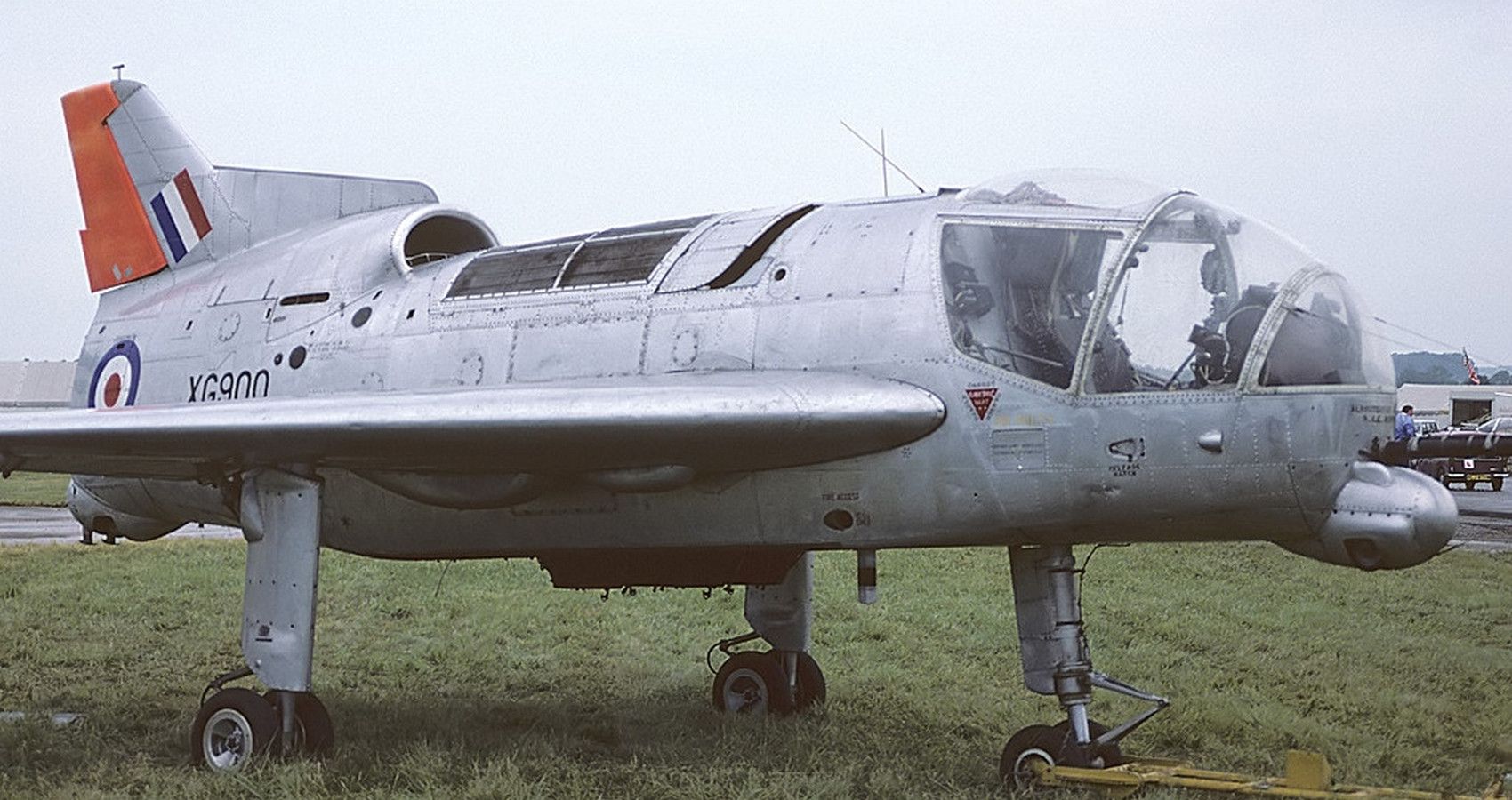
No prizes for guessing which manufacturer provided the SC-1’s engines. Powered by five Rolls-Royce RB108 turbojets, each producing 2130 lbs of thrust. Four engines provide lift with a single unit providing forward propulsion. Both prototypes still exist under preservation by the Royal Aircraft Establishment.
3/10 Lockheed KC-130F
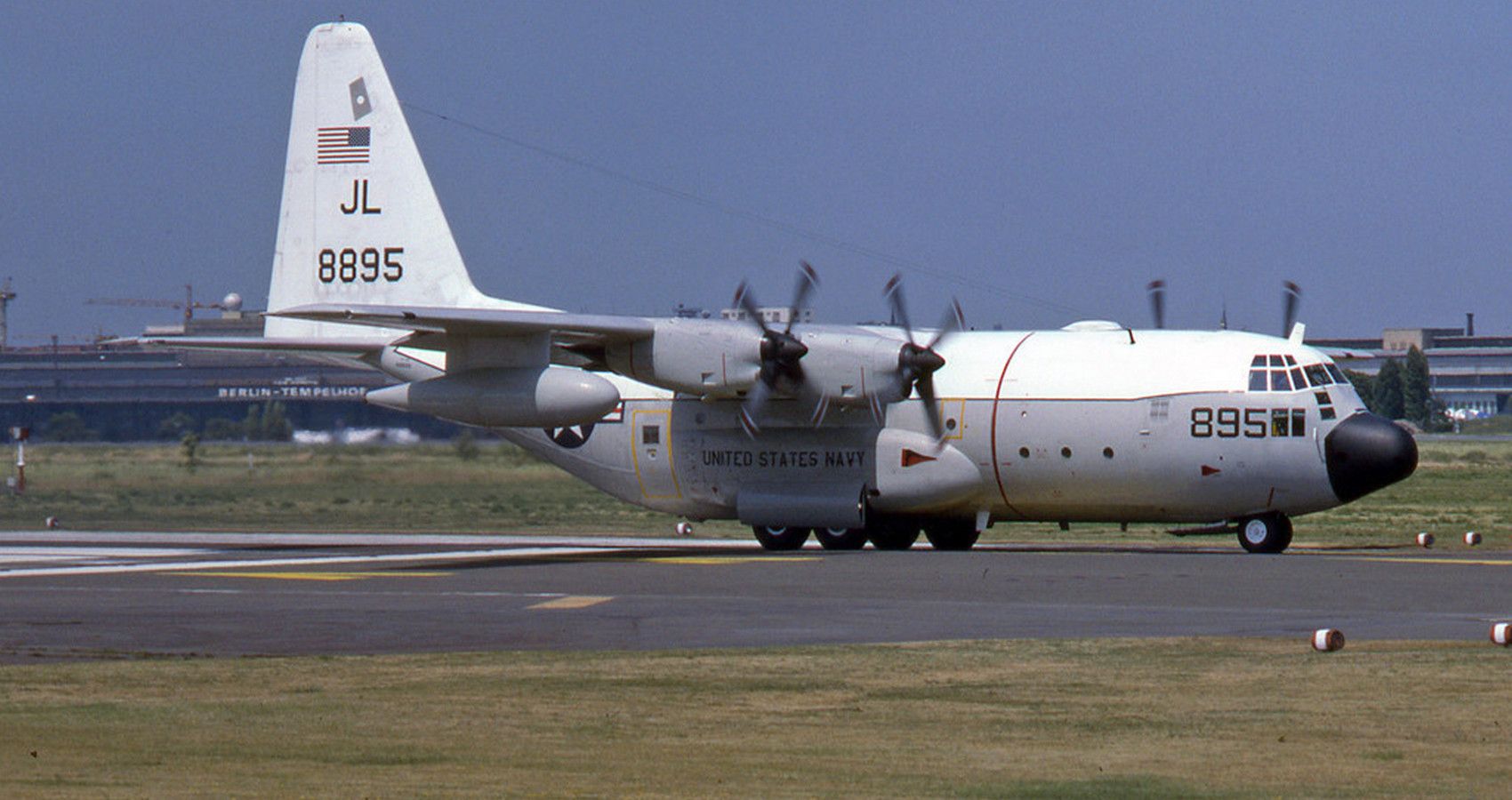
Lockheed claims the KC-130F needs at least 3000 ft of runway to get airborne. Four Allison T56-A-16 engines churning out 23,600 hp give the Hercules a maximum take-off weight of 175,000 lbs.
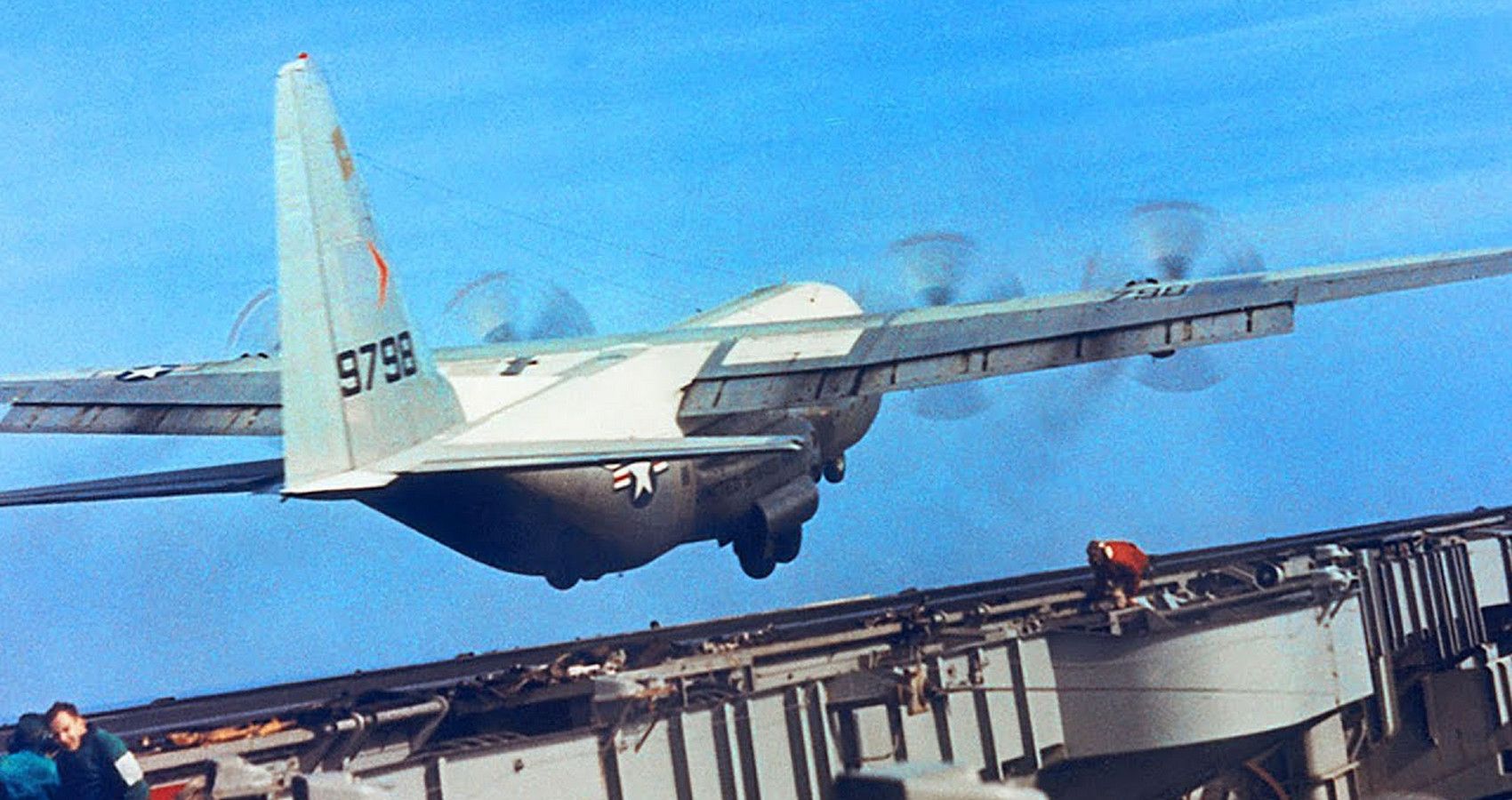
Yet, those numbers are a tad pessimistic. Records of trials proving the smallest runway length required were much shorter. In 1963, USS Forestall at 1067 feet conducted tests using an unmodified KC-130. Weighing in at 75,000 lbs empty, the Hercules came to a halt alongside the carrier’s island. To prove the point further, it completed 21 take-off and landing cycles at up to 171,000 lbs.
2/10 Bell V-22 Osprey
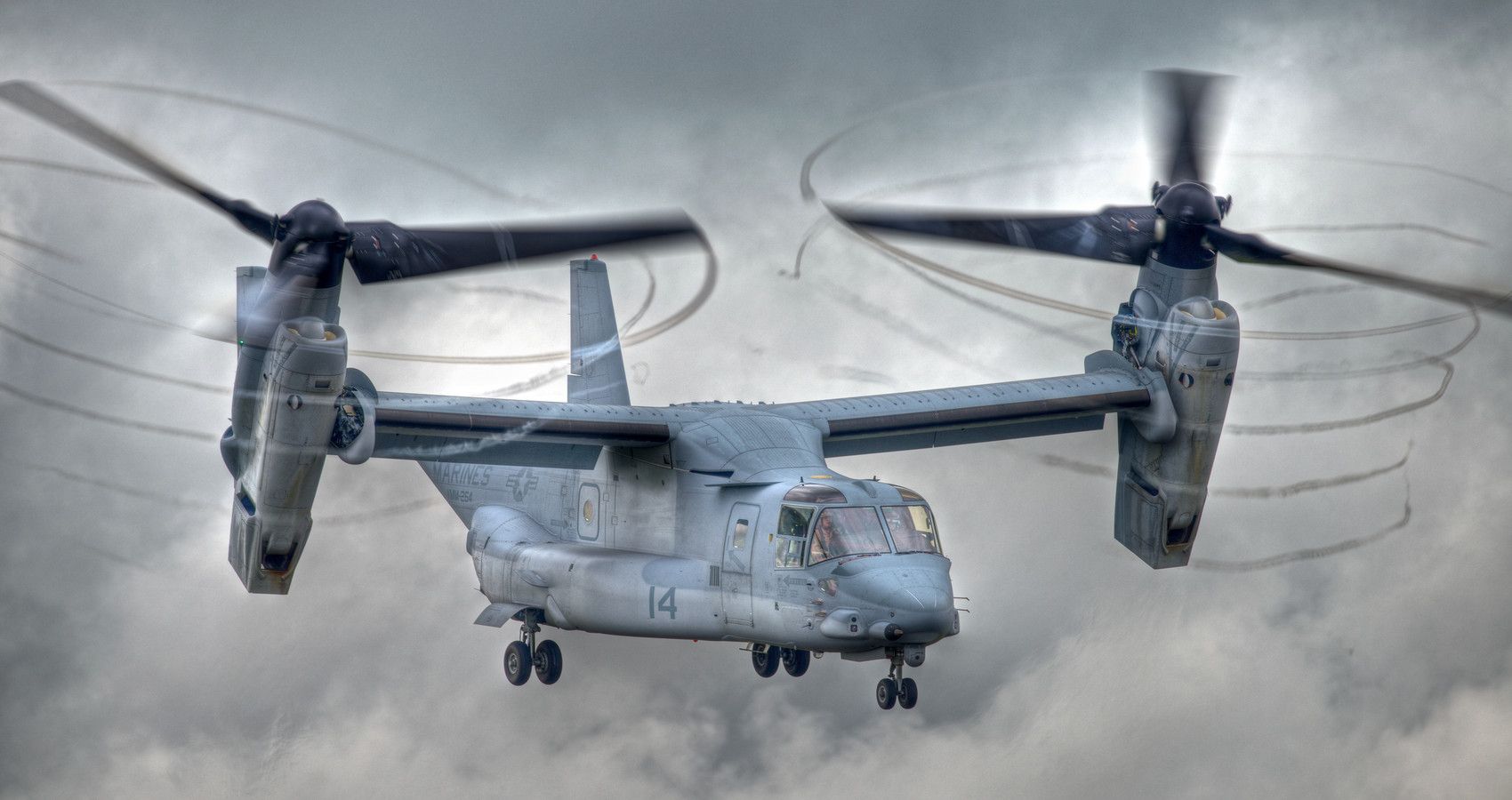
Defying the conventions of VS/TOL flight, the Osprey uses both fixed and rotary wing design. During take-off and landing, the Osprey’s podded engines rotate for extra lift. Once airborne, the process is reversed, reaping the benefits of fixed-wing speeds.
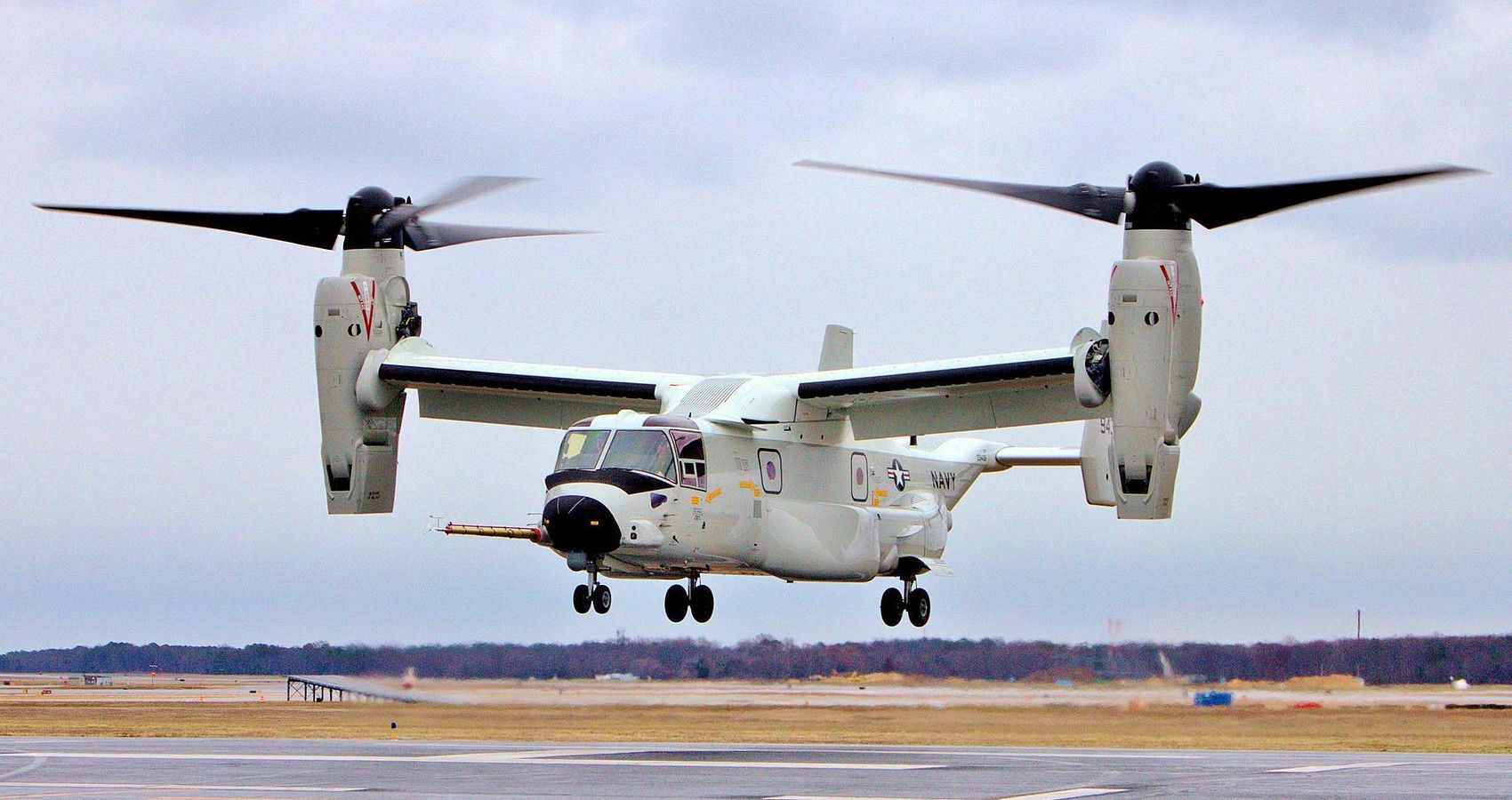
There were some major issues to overcome before Osprey entered service in 2006. Most notable is the ever-present concern of engine failure. However, redundancy is inbuilt into the aircraft’s design. If one of the Rolls-Royce engines fails, the other can power both rotors through a central drive shaft.
1/10 Dornier Do-31
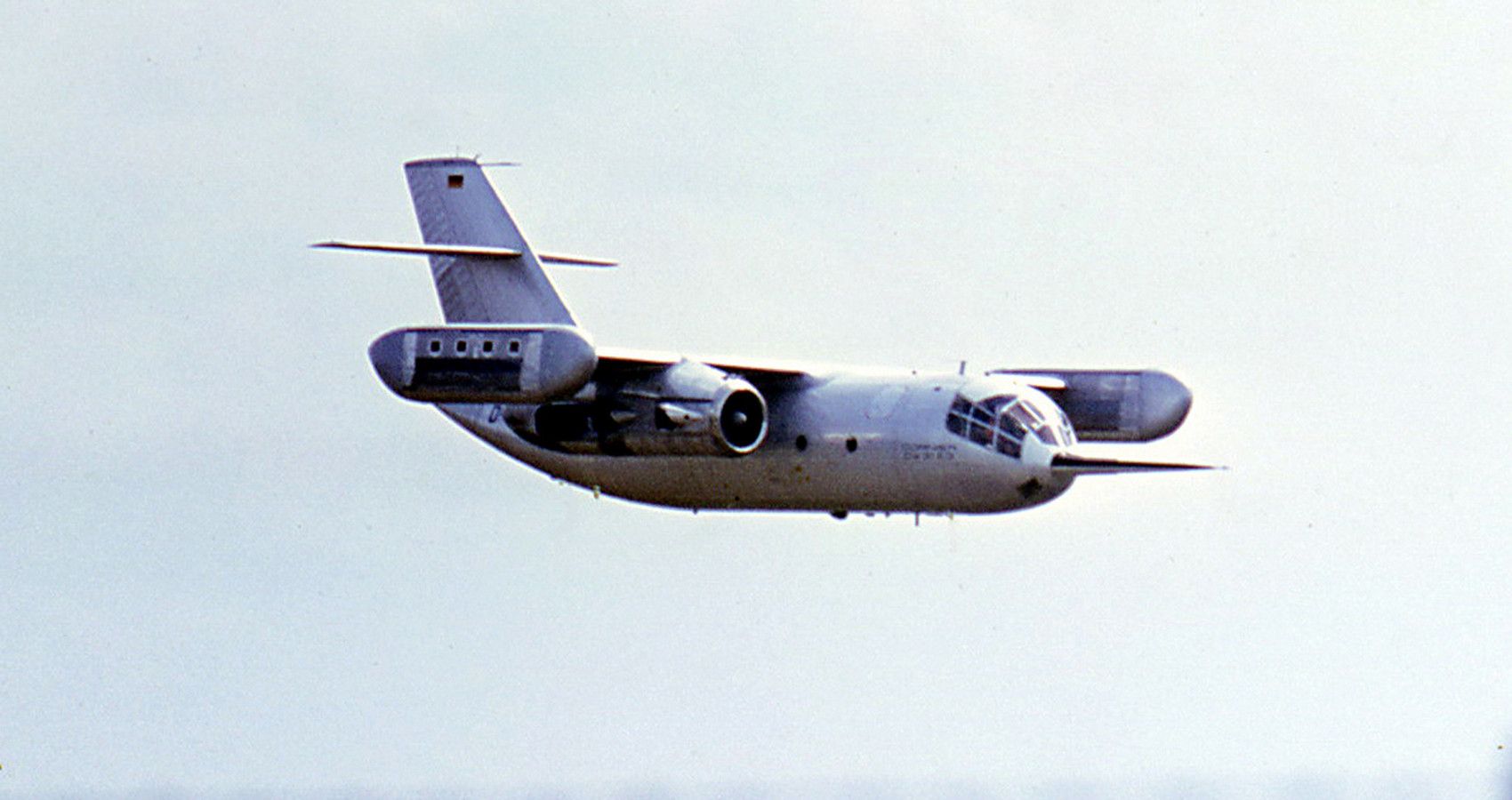
The complexity of design stopped the Dornier Do-31 in its tracks with only three planes built. The concept of a VS/TOL capable transport plane is an appealing one. However, the need for a large cargo hold pushed Dornier’s engineers to think outside the box.
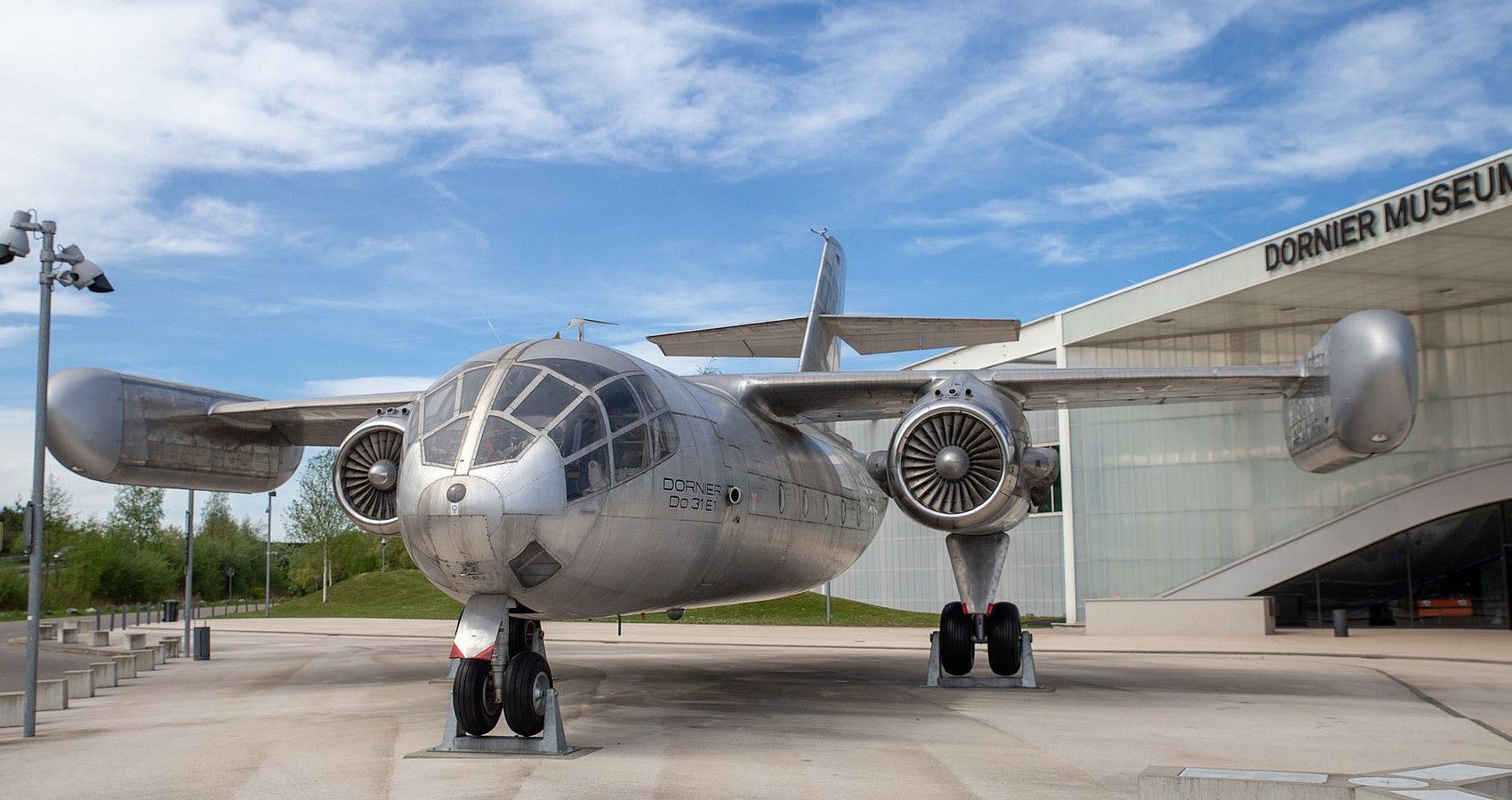
A high-wing design with two podded Pegasus engines took care of forward flight. At full load, Dornier claimed a maximum take-off weight of 60,500 lbs or 360 combat troops. Getting airborne relied on wing-tip lift engines made up of eight Rolls-Royce RB162Ds.
